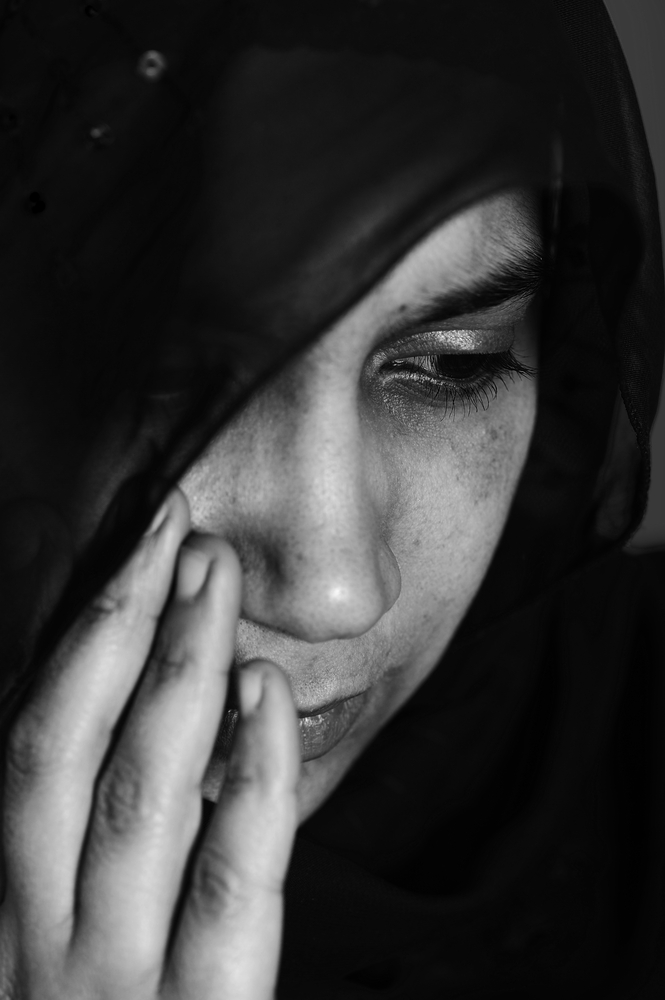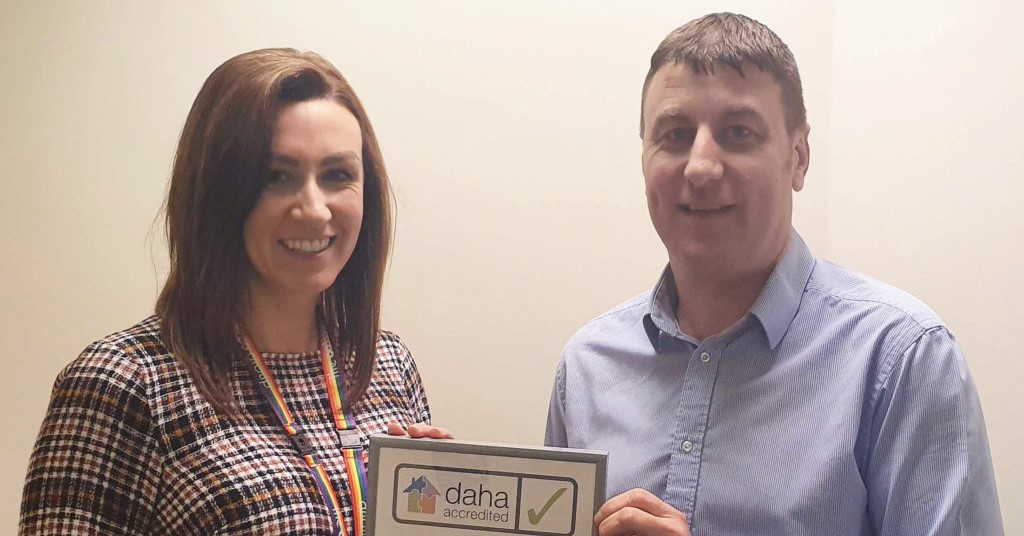Covid-19 and Domestic Abuse: A Deadly Combination
Judith Vickress, National Development Manager, Domestic Abuse Housing Alliance (DAHA) shares her thoughts on how Covid-19 is having a terrible impact on domestic abuse and why a coordinated community response to tackle this issue is more important than ever.
Covid-19 pandemic and domestic abuse “what a deadly combination it really is” the words of Nicole Jacobs, DA Commissioner for England and Wales this week presenting evidence to the Home Affairs Select Committee. Never a truer word spoken.
At the time of writing this, 16 women and 2 children have been murdered inside or close to their homes. We don’t know the details of the lives for those women, but we can say with confidence that not one of these acts of homicide will have been an isolated incident or unplanned. Contrary to what some national press will report, these murders were not committed because we are in “lockdown”. These murders were committed by men who already had power and control over their families and then made the choice to take ultimate control. In a couple of years’ time we will have the benefit of hearing the victims’ voices through their bereaved families and friends when their individual domestic homicide reviews (DHRs) are completed and published. This will also create an opportunity to learn and, frankly do better.
In the last three weeks we have seen a steady increase in help seeking with a higher call rate to national and local helplines. On average this seems to be around 25-29% increase but this varies day by day. We also know that specialist domestic abuse services are seeing a greater “footfall” on their websites with one service reporting a 700% increase. This demonstrates the value of “silent” accessible help seeking and the importance of us all considering how we can further enable and facilitate this method of reaching out. Awareness raising is vital. We know that 40% of notifications come through neighbours. To raise awareness of domestic abuse and coercive control will empower concerned families, friends and neighbours to reach out for help on behalf of those who may not be in a position to do so themselves. This is vital.
When power and control is the motivation for domestic abuse it is inevitable that our current lockdown state will compound and escalate the risk they face. What we are seeing, therefore, was predictable. As CEO of Standing Together, a service dedicated to improving responses to domestic abuse, Gudren Burnet says “although the public and charity sectors had not been well prepared we should be proud at how we have all adapted and mobilised services so rapidly in response to the unwelcome situation we find ourselves in”. Child and Adult Protection services have had to rapidly change how they work to safeguard those at risk of harm, making critical assessments remotely which holds its own challenges. Similarly, housing services have had to move support and contact to remote access, and, overnight homelessness and housing services became inaccessible to many who need to flee domestic abuse.
Domestic abuse services have had to quickly adapt to finding a way to reach out and to support survivors with limited resources. Whilst police forces have mostly seen a reduction in call outs to domestic abuse incidents, they face challenges in terms of what action they can take in response. Courts are unable to function as normal and so charging of suspected perpetrators has reduced. This is being addressed and the MoJ have prioritised mobilising courts to manage urgent cases such as granting DVPOs.
We know that often the best option for a family is for the perpetrator to be removed from the property so that the survivor and children can stay safe in their home. DVPO/Ns are an ideal tool for police to seek removal of the perpetrator, but the question remains, where do the perpetrators go? This issue is likely to cause hesitation and possibly decisions that mean perpetrators remain in the home, leaving the survivor more vulnerable and most likely, feeling let down.
Never has the coordinated community response to domestic abuse been more vital. No single agency or professional has a complete picture of the life of a domestic abuse survivor or the whole family but many will have insights that are crucial to their safety. It is vital that agencies and practitioners are working together, communicating and sharing information and expertise without hesitation and without fear with the purpose of assessing needs and risks so that interventions can be swift, appropriate and, ultimately serve to keep survivors, including children, safe.
Every single day there are women living with their abusers. They are finding ways to adjust their behaviour in order to survive in their ever-limited space. They may not be able to physically access help right now, but we need to keep letting them know that we are here for them, we will help in whatever way they need, and we will be ready. This is crucial.
We must be ready for the inevitable surge of people who will take action to access help and support to leave the relationship, and possibly their homes. The Government has promised money to charities and it cannot come soon enough. Housing for perpetrators and for survivors fleeing with children needs to be ready and available. Domestic abuse charities need to build capacity and resilience in readiness to engage survivors; the CJS need to build capacity to ensure that domestic abuse cases are dealt with swiftly, robustly and safely.



